The Interior Landscape
The Landscape on Both Sides of the Camera: Reflections on Art, Creativity, Expression, and a Life in Photography
Guy Tal
Art and Inspiration, Ebook, Landscape, Photography, Print, Print and digital bundle, Specialized Topics
A deeply thoughtful and inspiring collection of essays about visual expression, art, creativity, and a life in photography
Photographer, teacher, and author Guy Tal has been photographing the landscape for more than 30 years, and in that time he has also been consistently contributing to the literature of photography, writing...
Read More
Read More
- Print and eBook Bundle: $49.99
- Print Book: $40
- eBook: $31.99
| BOOK AUTHOR | Guy Tal |
|---|---|
| PAGE COUNT | 224 pages |
| TRIM SIZE | 7 x 9in |
| COVER | Hardbound |
| ISBN | 9781681988917 |
| PUBLISH DATE | 12/2022 |
- Section I: Inspired by Reality / On Creativity and Expression in Photography
- Section II: The Veil of the Soul / On Photography as Art
- Section III: Bridging the Gap / On Expressing Experiences
- Section IV: Success or No Success / On Photography and Life
2 reviews for The Interior Landscape
You must be logged in to post a review.



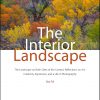
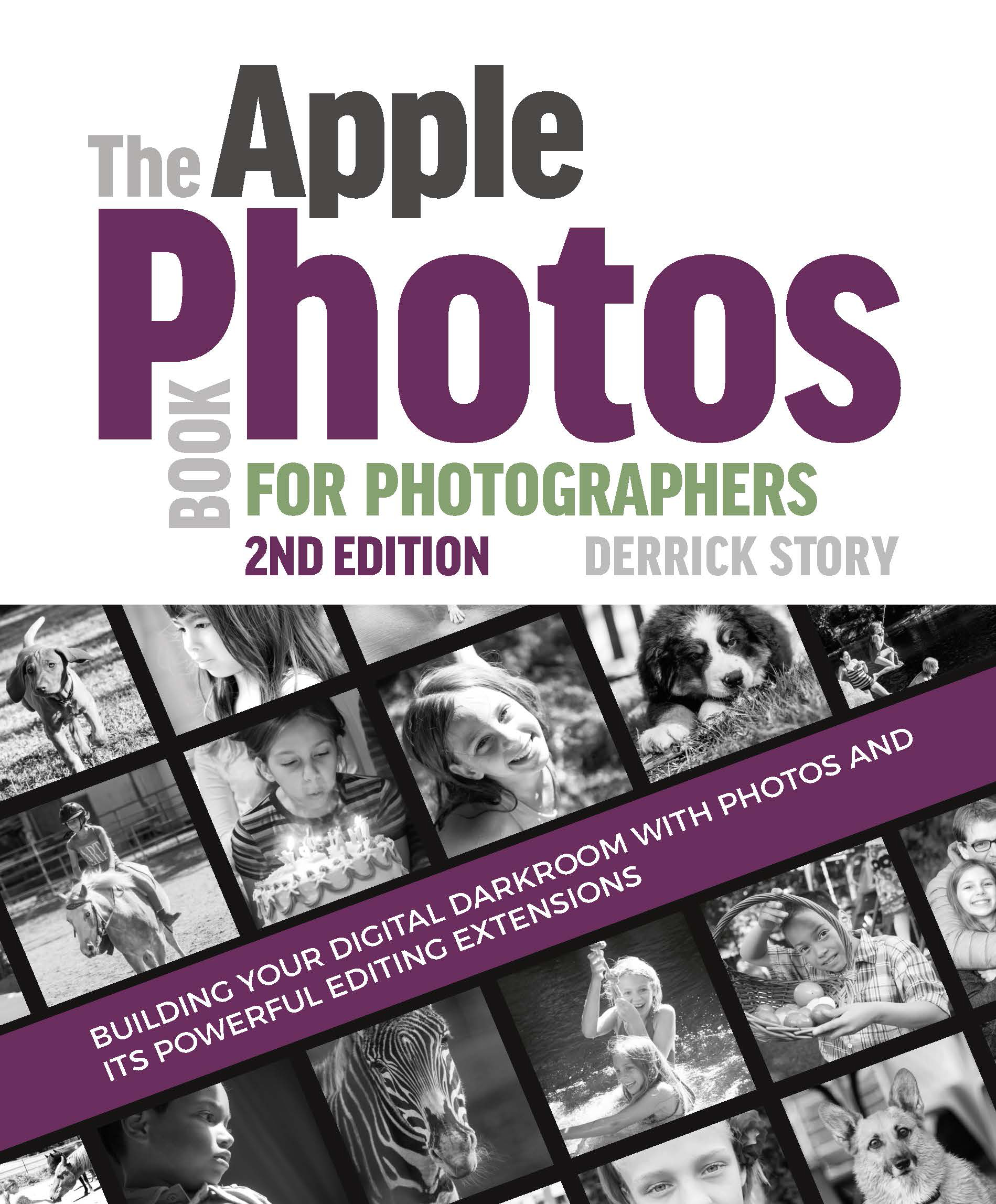

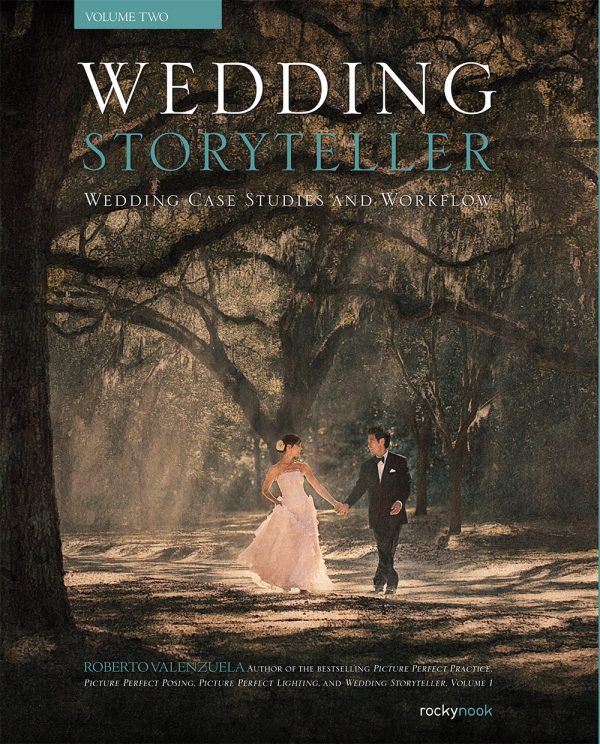


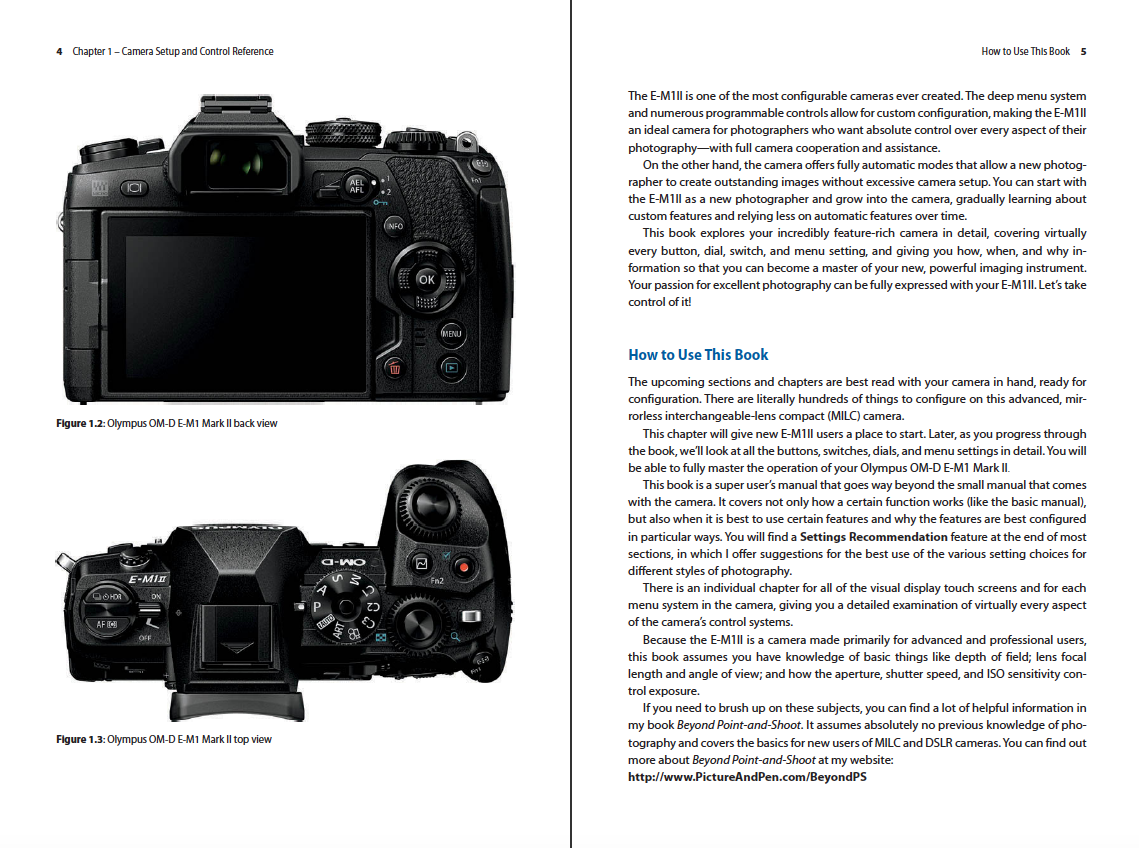
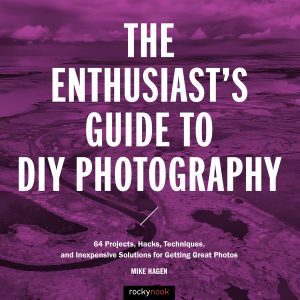
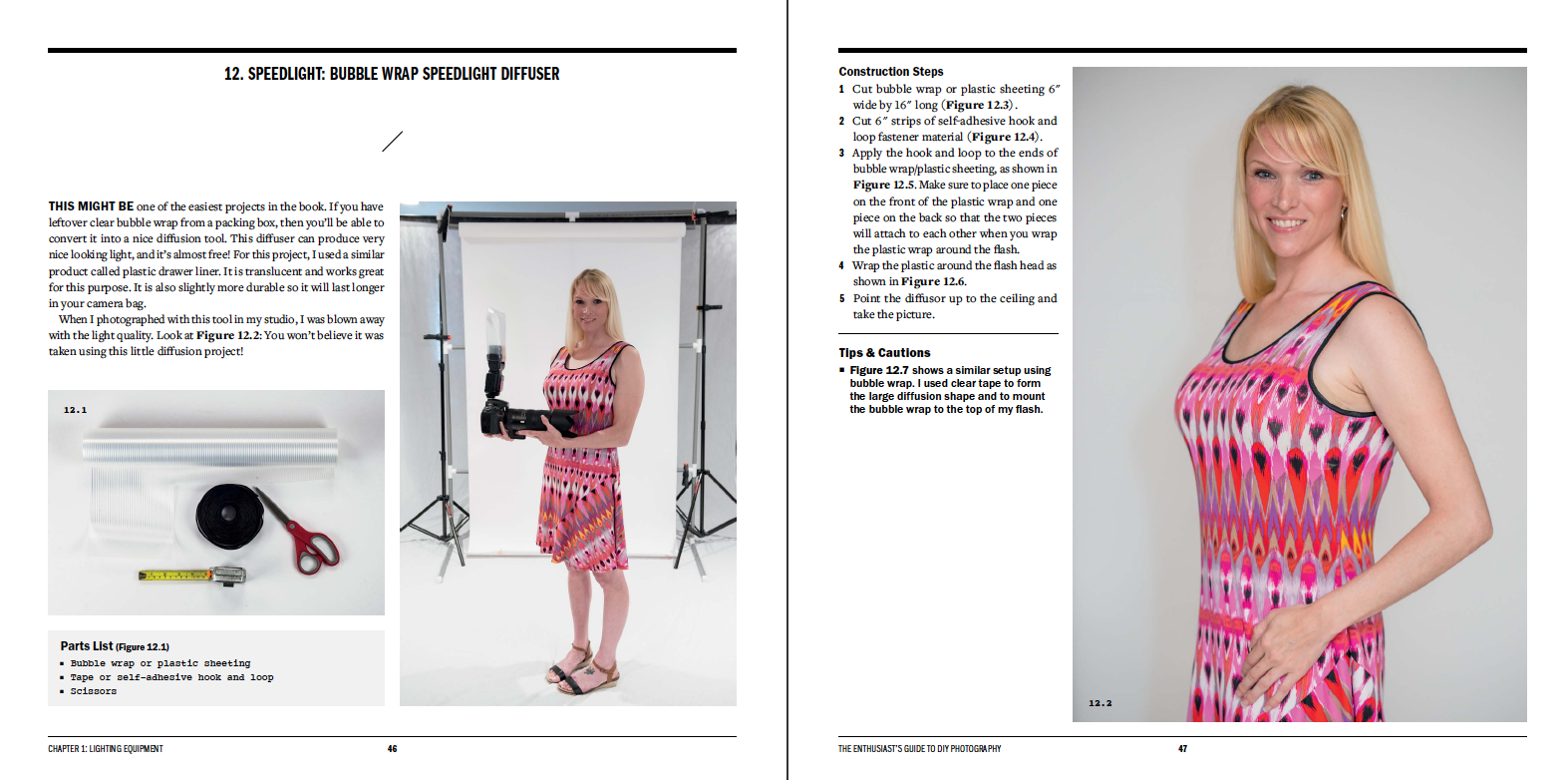

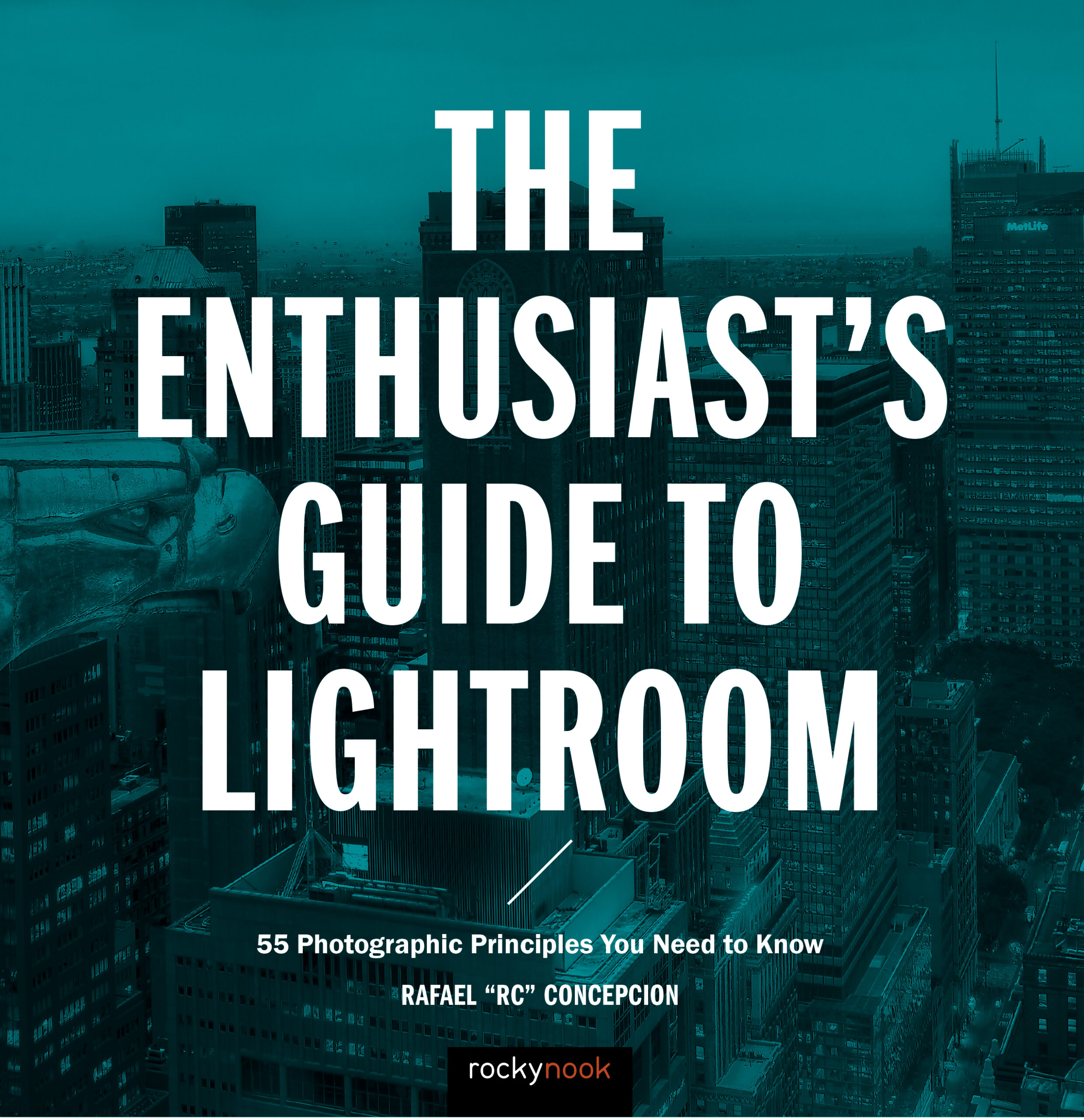
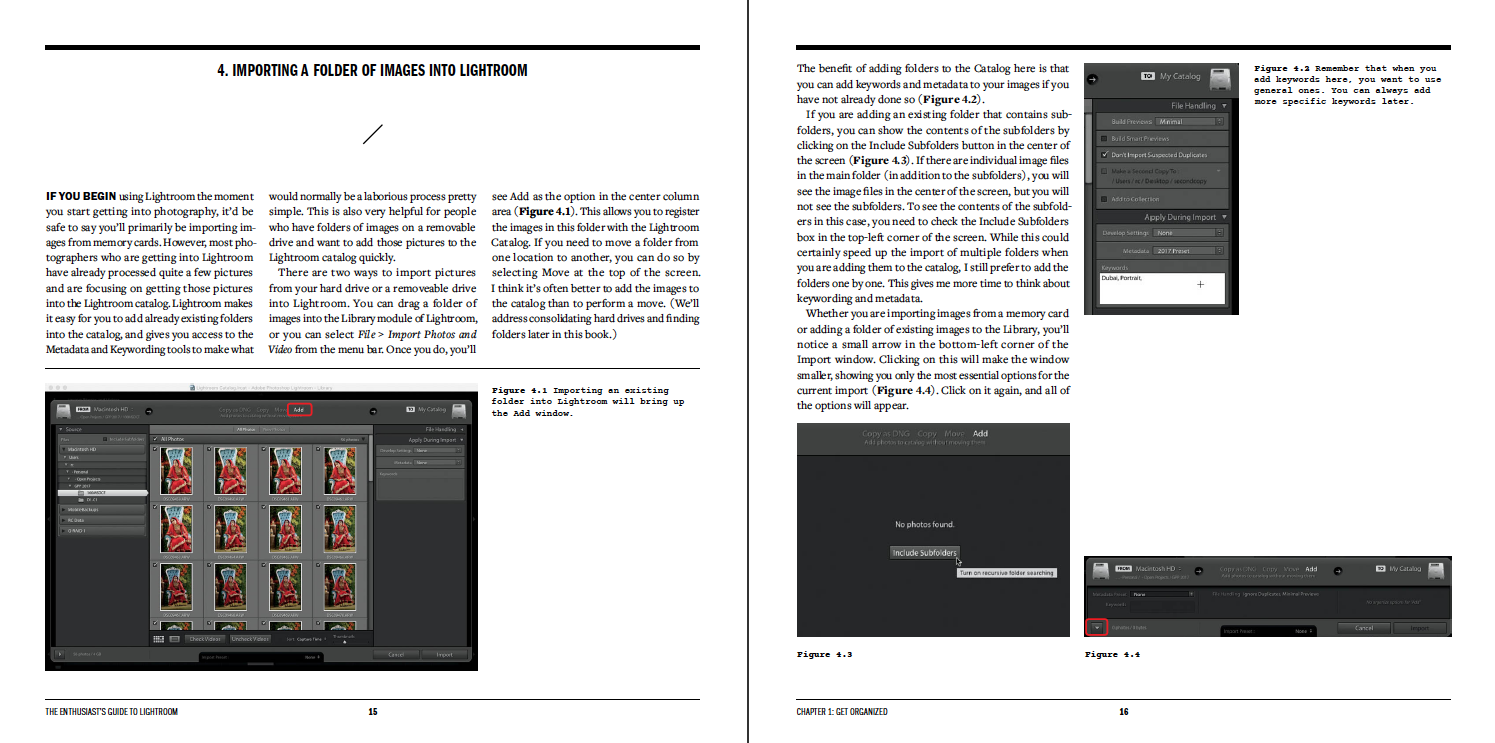
Gloria
I have read other books by Guy Tal and have always enjoyed and learned from them. I anticipate I will have a similarly good experience here especially because, in the introduction, the author refers to Barry Lopez, Friedrich Nietzsche, Goethe, and Paul Cézanne, among other artist/philosophers! Put briefly, Tal makes us think! I appreciate being reminded that photography can be an art form, just as poetry or painting can be. Images can be transcendent, creative, or even amusing. Our images aren’t necessarily just recording what we see.
Tal discusses the nature of reality, how very subjective our perceptions of reality are, and how little we actually take in of what is around us. He suggested photography is perhaps most artistic when it expresses a divergent view, or a different reality; for example, a different perspective on a commonly seen landscape. He tells us that we may be limiting our “expressive repertoires” if we try always to express objective realism. I don’t know about the average phototog, but I don’t often take these sorts of ideas into consideration. I am grateful to be intellectually stimulated by the author, as well as to expand my philosophy of my own photography.
Tal includes a brief discussion of post-production, computer-driven ways to alter the reality of what we have photographed. For example, there are so many filters and ways to edit a photograph so that it is almost unrecognizable from the original. Although Tal does not say we should never edit, he says it is no substitution for giving expression to our own complex emotions; for example, love of nature, and choosing what, and how to photograph what we see. Shooting with a wide angle lens from ground level toward a mountain landscape can show us such a different reality even without much post-production work.
Throughout the book, the author emphasizes that, although we need to be technically proficient to be good photographers, that what gear we use, the technique, the location, post-production processing choices, are not what is critical. The author says that what is critical is the photographers’ expressive intent. I remember being in a photography seminar with a locally famous photographer speaking to us. Someone in the audience asked him what lens he had used for a particular photograph, and the photographer answered “the biggest one in my case.“ In other words, who cares? The point is the beauty in the photograph. I think that’s what Tal is saying.
I especially enjoyed the section on mindfulness and FOMO (fear of missing out). For reasons other than photography, I do meditate, and I agree with the author that those times when I can take a breath, look around me, and be in the moment, photography comes much easier. I assume that I also get better photographs that way, but I can’t say that I’ve ever actually checked myself on that :-). Tal says that he does not photograph when he’s teaching workshops because he can’t really be mindful when he’s trying to communicate with students, too. I don’t teach photography, but I must say that when I am in my backyard, and I’m not distracted by anything except the creatures there, I do get some of my most fun images. And that’s because I’m fully there, I’m not distracted by the rest of the world, but only by the animals I hope to capture in photographs.
We all need to read about and think about the things that Guy Tal is telling us in his well written, informative book. Anything we attempt, particularly in the creative field, can likely be improved by our mindset. The author tells us how to take more expressive, more meaningful, and memorable images by considering not only our philosophy of photography, but also our own internal focus on what we are shooting. A book well worth the time to read!
jefforns
The author has an artistic and poetic manner in his writing. Which makes for a very enjoyable ride through the pages. This particular title caught my attention immediately because I am a landscape photographer who looks for details and abstract impressions in my photography.
The photographs in the book are wonderful and brings Mr. Tal’s words to life. I think every landscape photographer, whether shooting panoramic mountains or intimate ponds and lakes, at one time or another looks for the differing detail and abstract expressionism. This book validifies those efforts.
Art is always in the eye of the beholder and this reading substantiates and explores this point of view.
Nature supplies the beauty and Mr. Tal shows us how to express and investigate these images.
I would highly recommend this reading to any photographer or artist that sees the nature around us and wants to be a part of it.